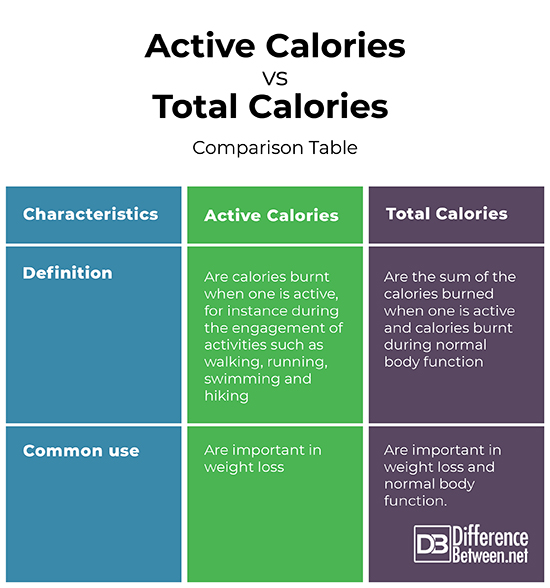
Low calorie, high-protein, fiber-rich, and low-calorie foods are the best foods to eat to lose weight. These foods are high in nutrients and will keep your stomach fuller longer. Grapes can be eaten in place of raisins. You can also eat bran cereal with blueberries, skim milk, and bran cereal with blueberries. You can also eat whole-grain bread with peanut butter or bran cereal with blueberries instead of a glazed donut. These foods are low-calorie and will fill you up longer so you have more to spare.
Low-calorie foods
Low-calorie foods are a good choice if you're trying lose weight. But you shouldn't be starving yourself. These foods may be lower in calories, but they won't leave you as full as high-calorie foods. You can make these foods work by adding variety to your diet. These foods can help with hunger, cravings, and make weight-loss easier.

Protein-rich foods
There are many protein-rich food options to help you lose weight. Eating fish is one of the best options, as it contains the essential fatty acids that the body cannot produce itself. Oats, quinoa and beans are all great sources of protein. They are high in fibre, which can help with weight loss. Quinoa, which contains all nine essential amino acids, is also a complete and complete protein.
Fruits
Eating fruit can help you lose weight. Many fruits are rich in vitamins, antioxidants, and fiber. Eating a variety of fruit can help control hunger and decrease BMI, waist circumference, and cholesterol levels. Many fruits are also anti-aging. They can reduce the risk of developing heart disease. There are nine types of fruits that can help you lose weight.
Cereal grains
A cereal diet has many benefits. This diet can help people lose weight, as it lowers their calorie intake and still provides a healthy dose fiber. It is simple to follow and can help reduce stress. Important to note is that the sugar content in cereals can be higher than the fiber they provide. Cereals containing dried fruit should not be consumed in excess.

Nuts
There are many benefits to eating nuts for your health. These superfoods have high levels of antioxidants and fiber. They keep the body strong, prevent you from getting hungry, and help you feel full. They are high in healthy fats, protein and other nutrients that can help you lose belly fat. Here are the top reasons these fruits are great for losing weight. These foods can help you lose inches around your waistline.
FAQ
Is it possible to eat fruits while intermittent fasting?
You can't go wrong with fruits. They are full of vitamins, minerals as well as fiber, antioxidants and other nutrients. However, they do contain sugar which can cause blood glucose levels spike. This can lead to insulin resistance, weight gain, and even diabetes. When you are trying to lose weight on an IF diet, make sure you eat low glycemic fruit such as apples, pears or berries.
What level of exercise is required to lose weight?
There are many factors that impact the amount you exercise to lose weight. Most people require moderate activity at least five days per week.
The American College of Sports Medicine recommends 150 mins of moderate-intensity aerobic exercise per week spread over three consecutive days.
For example, if your goal is to lose 10lbs, aim for 300 minutes of moderately intense exercise per week. This includes activities such brisk walking and swimming laps, bicycling, dancing, playing tennis or golfing, hiking, running, jogging and other similar activities.
Consider doing 20 minutes of vigorous exercise thrice a week if you are just starting out. That could include activities like lifting weights, sprints, jumping rope, or fast walking.
Aerobic exercise can help burn calories as well as build muscle mass. Muscles can burn more calories that fat. You may be able to achieve your goal quicker by building muscle and losing fat.
Is cardio a way to quickly lose weight?
Cardio exercises are great to burn calories but they won't necessarily help with weight loss. It all depends on how much weight you have and what type of exercise you do.
If you're overweight, then cardio exercises may not be enough to burn off all those extra pounds.
It is important to combine them with exercise and diet.
You can lose weight by running or jogging. These exercises burn calories more than any other type.
However, if you want to gain muscles instead of losing fat, you must perform resistance training. Resistance training requires the use of free weights and machines as well as elastic bands.
Combine cardio exercises and resistance training to quickly lose weight.
To lose weight fast, you need a combination of both cardio and resistance training.
Is there any difference between intermittent fasting and calorie restriction?
Calorie restriction is a way to eat less than your body needs. Intermittent fasting, on the other hand, doesn't restrict calories. It focuses on eating fewer calories during the day.
Intermittent fasting allows you to indulge in foods that you love while feeling guilt-free.
Each method has its pros and cons. It is up to you to decide which method you prefer.
What should you eat while intermittent fasting?
To lose weight, the best thing to do is cut back on carbs. This means avoiding bread, pasta, rice and potatoes as well as other carbohydrate-based foods.
You'll also want to avoid eating too much protein because it keeps you full longer. So you won’t feel hungry as often.
Focus instead on healthy fats such as avocado, olive oil, nuts, seeds, and peanut butter. These foods are satisfying and will keep your hunger at bay for hours.
It's vital that you get enough water. Water helps you stay hydrated, which makes it easier to burn fat.
These foods may be what you crave when you eat fast. These cravings don't necessarily mean that you should give in. If you do this, you might gain more weight that you have lost.
Keep an eye on the amount of food you eat throughout the day to avoid overeating. If you feel hungry, drink water and not reach for another snack.
Although it might seem counterintuitive, this is actually proven to be a great way to lose weight. In a study published by Obesity, it was found that people consumed less calories if they drank plain water instead of sugary drinks.
Additionally, plain water can help reduce hunger pangs. Don't drink sweetened beverages if your goal is to lose weight. Stick to water.
If you want to lose weight, you don't need to count every calorie or deprive yourself of certain foods. Instead, you should make small lifestyle changes.
One way to start is by substituting your typical breakfast sandwich with a bowl of oatmeal. Consider swapping out your afternoon cookie in favor of a piece if fruit.
These simple swaps can add up over time to help you shed excess weight without spending hours in your kitchen.
Statistics
- A 12-week study in 20 women with obesity found that walking for 50–70 minutes 3 times per week reduced body fat and waist circumference by an average of 1.5% and 1.1 inches (2.8 cm), respectively (healthline.com)
- Among women, the increase in metabolic rate was nearly 4%, or 50 more calories per day (14Trusted Source (healthline.com)
- One 6-month study showed that simply doing 11 minutes of strength-based exercises 3 times per week resulted in a 7.4% increase in metabolic rate, on average. (healthline.com)
- According to a study sponsored by the American Council on Exercise, a person weighing around 140 pounds (64 kg) would burn 108 calories at a 30-minute beginner's Pilates class or 168 calories at an advanced class of the same duration (26). (healthline.com)
External Links
How To
How to do Intermittent Fasting (IF)
Intermittent fasting, a type of dieting that allows you to only eat one time per week, generally Monday through Friday. This is a way to cut down on calories while still getting enough nutrition. This will allow you to burn fat more quickly than eating regular meals throughout the week.
The most common type of IF is to restrict calories on specific days of the week. This means that you would skip breakfast every morning and then consume whatever food you want during the rest of the day. You can also opt to eat three small meals a day instead of two large.
There are many different forms of intermittent fasting, including alternate day fasting, 5/2 fasts, 8/4 fasts, 16/8 fasts, etc. There are pros and cons to each type of intermittent fasting. Alternate day fasting is the easiest way to start out because you don't have to make any major changes to your lifestyle. However, not everyone can stick to a rigid schedule. They might prefer to experiment with other methods.
Alternate-day fasting is a good option if you are looking to begin an intermittent fasting program. This will allow you gradually to transition into more extreme fasting habits without changing your lifestyle.